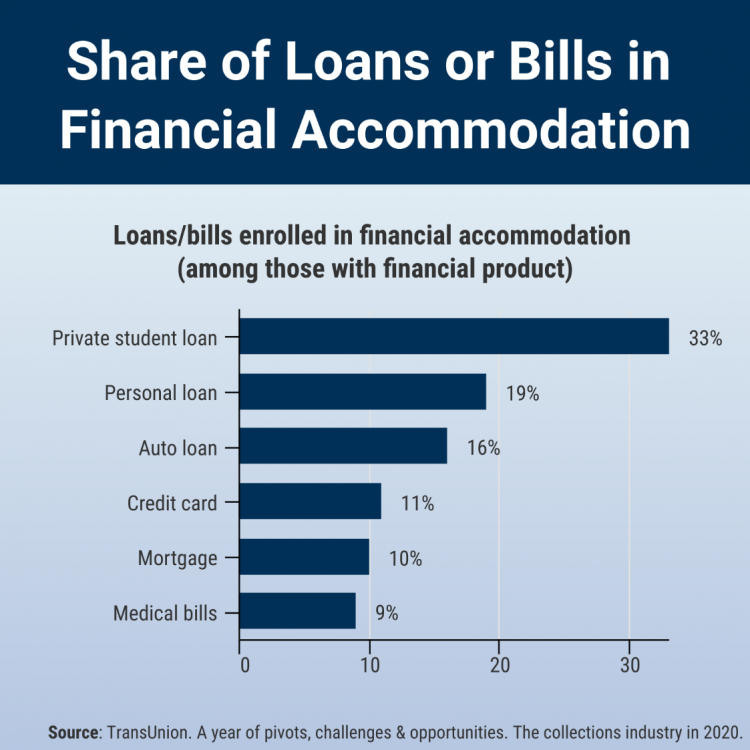7 steps to mitigate 2021 auto lending risk factors

Demand for new vehicles fell dramatically in 2020 following the COVID-19 pandemic. At the same time, demand increased for used vehicles as Americans avoided public transportation and ride-share services, increasing the cost of used cars and light trucks. To deal with the COVID-19 economic fallout, the government issued stimulus checks among other measures that have held auto loan and other delinquencies at bay, but what does that mean for 2021 auto lending and sales? What does it mean for collections? We spoke with Suzi Straffon and Anne Holtzman of Allied Solutions, and here are some of the insights they shared.
6 Critical Factors to Monitor:
- Federal aid masking delinquency trends
- Resources available for risk and recovery
- Weakening of the used car index
- Rising retail car pricing
- Skyrocketing repossession needs
- Higher demand on loan loss reserves
“Originations did take a hit, nearly 12% year over year decline, due to lenders exiting the market, due to tightened underwriting standards, and due to less demand,” Suzi Straffon, Allied Solutions director of finance company markets, said.
In particular, subprime originations were down 28%. Demand for used vehicles, she added, is expected to remain strong. However, values may take a downturn as market supply increases. Consumers who held on to leases longer than they might have otherwise will begin returning them, boosting available inventory for used vehicles. “Overall, our outlook is optimistic despite everything else that’s going on,” Straffon concluded. “We’re optimistic, but we have to be realistic, too, regarding market volatility and how we can prepare for it.”
7 Steps to Mitigate Auto Lending Risk Factors
- Develop your game plan now
- Shore up resources, tools, and technology
- Focus on data analytics
- Ensure compliance and consumer sensitivity
- Aggregate volume to create buying power
- Invest in consumer self-service options
- Optimize recovery services
The big question for lenders is delinquencies, according to Anne Holtzman, Allied Solutions SVP of risk & recovery servicing. How much have stimulus payments and deferments kept that figure artificially low? And, when will delinquencies creep up?

Holtzman said she’s expecting a spike in repossessions after approximately 700,000 vehicles were not repossessed, but would have been under normal circumstances. Demand for repossession services will be exacerbated by the lack of people and resources needed to meet the skyrocketing needs.
“In 2021, repossession volume is down by about 25%,” Holtzman explained, which shut down many companies specializing in this area. She added that Allied Solutions is expecting another 15%-20% of these companies to shut their doors through the end of 2021, at the same time increased rates of delinquency are expected and government programs will be ending.
Even though repossessions have been tamped down overall so far, the subprime market is already experiencing an uptick. “There’s really going to be difficulty in security repossession resources, and in addition to that, we’re seeing increasing rates [for the services],” Holtzman said.
Repossession agents will go where there is volume and buying power, so Holtzman recommended credit unions, which rely heavily on auto lending, ensure they leverage aggregators and brokers to compete with larger institutions and other types of collections. Right now, collections people are in very high demand with few entering the marketplace. Another option for credit unions is to investigate self-service technology for consumers, which is their No. 1 request regarding collections.
The new acting director of the Consumer Financial Protection Bureau, Dave Uejio, recently outlined three of his priorities for delinquencies and collections:
- Lenders ensure borrowers get every dollar entitled to them on early payoffs, total losses, or repossessions, including refunds on ancillary products in these scenarios
- Fees and late charges be fair
- Optimization of deficiency balances by lenders before taking collection actions against consumers
“We do anticipate stronger regulatory scrutiny on collections than we’ve had in the past, so we expect there to be pressure on those resources,” Holtzman said. “This is really about ensuring you’re prepared and that you have a game plan.”





